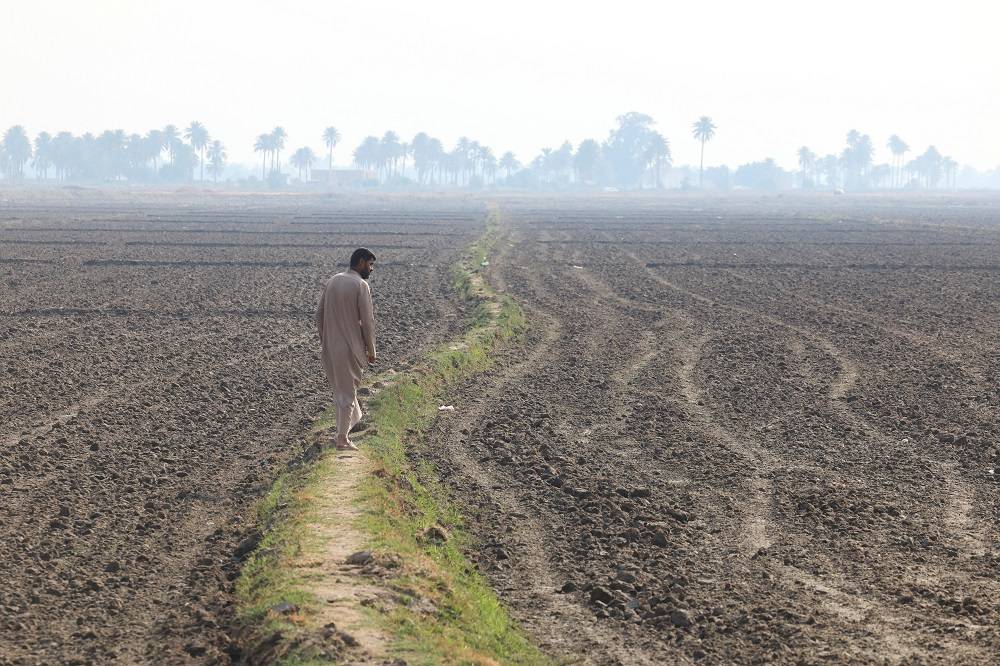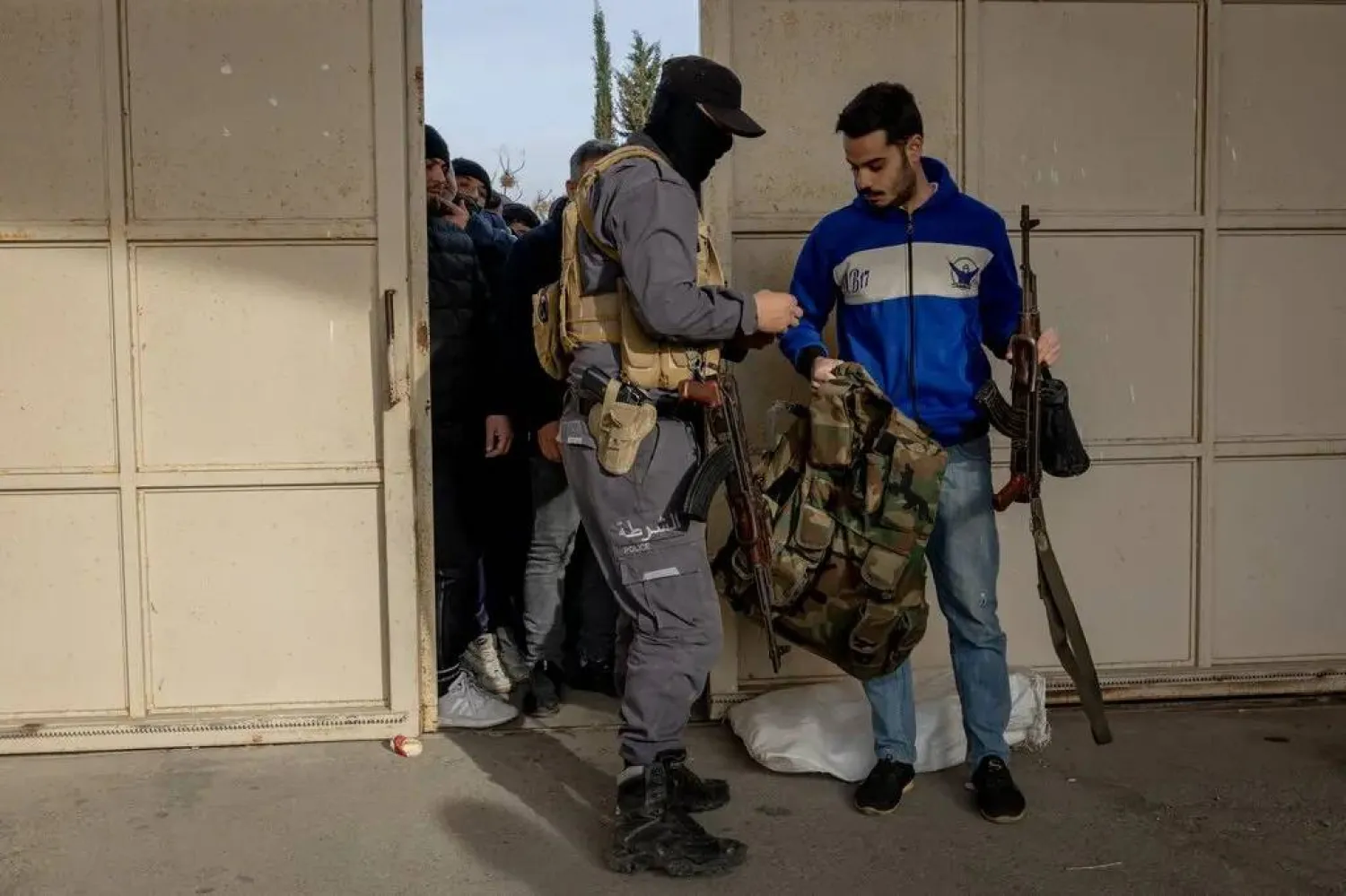“Get out of Syria! Think about our plight!” This was one of the slogans canted during last December’s nationwide protests in more than 100 Iranian cities.
Seven years ago when Iran started getting involved in the Syrian conflict the narrative promoted by the authorities was that Iran was going there to protect “the Shi’ite holy shrines” against attacks by “Sunni extremists”, a defensive strategy, and would not become involved in the broader struggle for power between regime leader Bashar al-Assad and his opponents. Falling victim to mission creep, however, Iran was quickly re-cast as the chief guarantor of the survival of the regime, an objective labeled as “vital” for Iran’s own security.
Russia’s involvement two years after the Syrian conflict had started, and President Vladimir Putin’s quick emergence as the key setter of agenda in Syria, punctured the myth of Iran as the key player in Syria. That, in turn, has inspired complaints, at first sotto voce, but more recently openly, about the reasons for what Islamic Majlis member Mahmoud Sadeqi in Tehran has dubbed “our Syrian adventure.”
President Hassan Rouhani has tried to re-tell the Syrian story by claiming that Iran was showing a high degree of altruism by helping “our Syrian brothers in need.”
“Even in harsh circumstances we cut our own needs in order to help our Syrian brothers,” he said last month.
With the high number of human losses sustained by Iran and “allies” including Lebanese, Pakistani and Afghan mercenaries admitted officially, the question that people now ask is focused on the financial cost of “our Syrian adventure.”
Iran’s financial commitments in Syria could be divided into seven categories.
The first consists of the value of arms and other military materiel supplied by Iran to forces supporting Assad. These include Iranian-made surface-to-surface missiles modeled on the Chinese Silkworms originally developed for use at sea. Another major item consists of armored cars of which Iran is reported to have delivered over 400 to replace losses sustained by Assad’s elite 4th Armored Division. According to estimates by researchers in Iran, Iran has also supplied Assad with over 500 pieces of Russian-made heavy artillery for use against urban centers.
Because of many of the arms supplied to Syria come from Iran’s own stocks, often dating back to years, it is hard to put a price on them. It is even possible that Iran has tried to recycle its old arms as part of a broader plan to renew its arsenal of weapons.
However, some analysts, including Reza Saberi, claim that arms supplied by Iran could be valued at around $1.2 billion.
The second item on Iran’s expenses’ list in Syria consists of delivery of oil and petroleum products to Assad forces. This is done in the context of a credit line that Iran has opened for Syria. The most credible figure cited by the Iranian media puts the size of that “line” at between $2-3 billion a year. The total “credit line” allows for up to $6 billion a year and includes food and medical supplies which Iranian Foreign Minister Mohammed Javad Zarif has put at around $2.5 billion a year.
The third item in Iran’s “Syria expenses” list consists of what the central Bank of Iran calls “transfer funds”. This means Iran exporting a certain quantity of its own oil on behalf of Syria with the understanding that Syria will repay in due course in an interest-free arrangement.
According to Jesse Shahin, spokesman for the office of Staffan de Mistura, the United Nations’ Special emissary on Syria, the “transfer funds” amounts to Iran giving the Assad regime an average of $6 billion a year, sums largely spent on paying civil servants and the forces still more or less loyal to the regime.
The fourth item in Iran’s expenses consists of “emergency funds” made in 2012 and 2103. According to Nadim Shehadah, professor at the Tufts University in the US, cited by BBC researcher Ali Qadimi, that amounted to $14-15 billion.
Tehran sources say the “emergency funds” were disbursed with the help of Austrian and Italian private banks over 30 months in tranches of $300 to $1.2 billion.
The fifth item of Iranian expense consist of funds needed to maintain several paramilitary forces made up of “volunteers for martyrdom” from Afghanistan, Pakistan and, in much smaller numbers, Iraq. The umbrella organ for these forces is the so-called Fatemiyoun Division, formerly a brigade, which was built up to 12,000 men in 2016.
At the time, General Qasem Soleimani, Commander of the Quds Corps, the organ that is supposed to coordinate Iranian operations in Syria, claimed that “volunteers for martyrdom” received no more than $100 a month in cash.
However, several Majlis members, speaking on condition of anonymity, claim that the payment is closer to $1,000 a month as Quds Corps also pays “subsistence pay” to families of the “volunteers for martyrdom.” All in all, the Fatemiyoun Division and ancillaries cost Iran around $1 billion a year. That does not include the $800 million paid annually to the Lebanese branch of “Hezbollah” led by Hassan Nasrallah.
A sixth source of income to finance the war on Assad’s side is provided by what Tehran terms bilateral trade. Much of this, of course, is more in the nature of transit trade with Iranian companies selling Syria’s oil and gas and phosphate to third countries. According to General Yahya Rahim Safavi, a military adviser to “Supreme Guide” Ali Khamenei, in addition to that trade Iran has won a major mobile phone contract in Syria with the prospect of creating a major new source of income to finance the war.
A major source of income for Assad consisted of money spent by over 1.2 million Iranian pilgrims, who visited Syria each year prior to 2011. However, the flow of pilgrims has almost completely dried up with Iranians preferring to visit “holy shrines” in Iraq. Meanwhile, some of the infrastructure, including over 100 hotels, built with Iranian money have either been badly damaged or left abandoned in previously peaceful areas turned into battlefields.
According to some studies, Iran’s losses on that score could be put at over $2 billion as much of the infrastructure may no longer be recoverable.
A seventh source item of cost for the Syrian war is represented by what Iran spends on keeping around 13,000 of its own troops, often presented as advisers or technicians, in Syria. No official figures are available. But if Iranian troops in Syria receive the same treatment as comparable military ranks inside Iran itself the annual cost could be around $3 billion in salaries and upkeep, not taking into account the cost of weapons and materiel used. The most conservative estimate would see Iran spending an average of $12.7 billion a year in Syria of which less than $2 billion may be recovered in trade deals using Syrian energy and raw material.
According to Tehran sources, part of the funds needed is raised through a special one per cent tariff imposed on all car imports in Iran with the proceeds credited to a special “Resistance Account” controlled by the office of the “Supreme Guide”.
Another source of funds is provided by “voluntary donations” supposedly for the defense or rebuilding of “shrines ”. Under that scheme 26 of Iran’s 31 provinces are assigned quotas to fulfill by raising funds from local businesses and through donations collected at mosques and bazaars. Provinces with a Sunnis majority are excluded from the scheme. As these “donations” are collected by local Friday prayer leaders, it is hard to know what percentage is actually transferred to the central fund and how much is kept by the involved clerics themselves.
Tehran University Professor Sadeq Ziba-Kalam recently invited the leadership in Tehran to review involvement in Syria. He was rewarded with a prison sentence of 18 months.
Nevertheless, many Iranians are beginning to realize that Syria is a costly war, both in terms of human losses and financial burden. And that, some analysts, believe is already encouraging a re-think of what some Iranians regard as a losing strategy.










